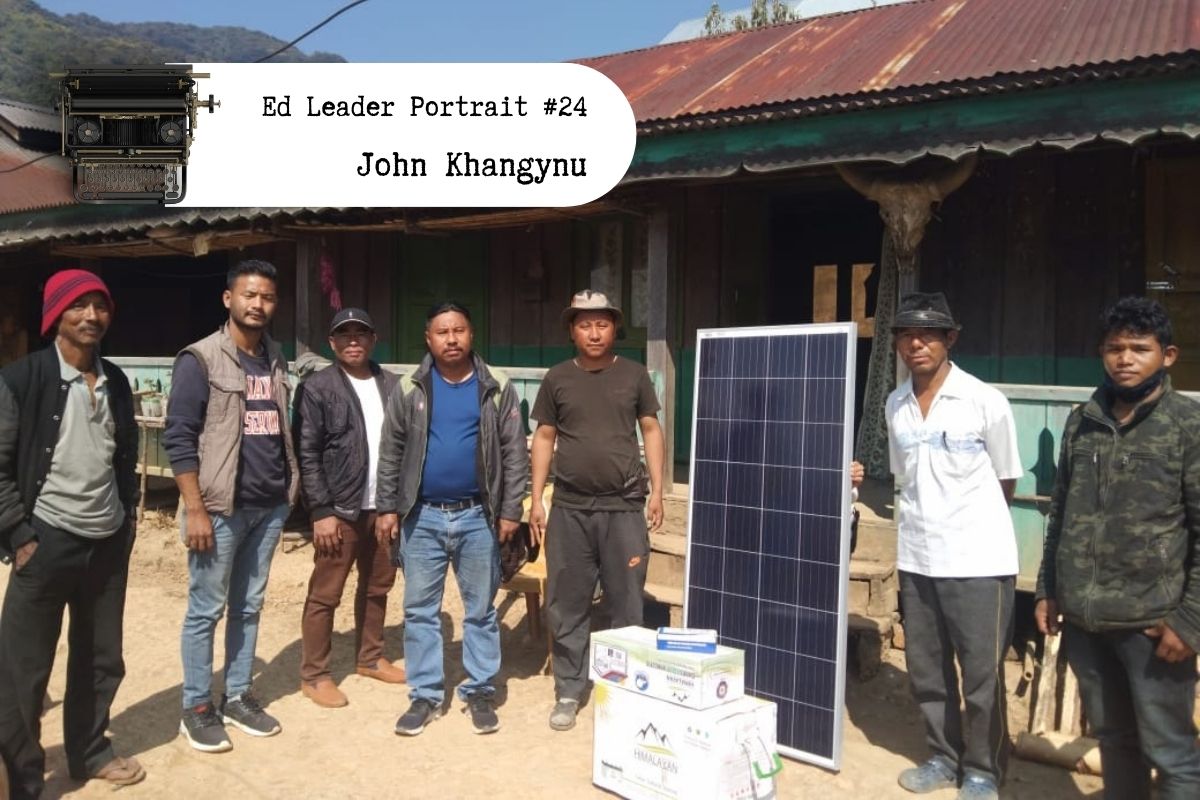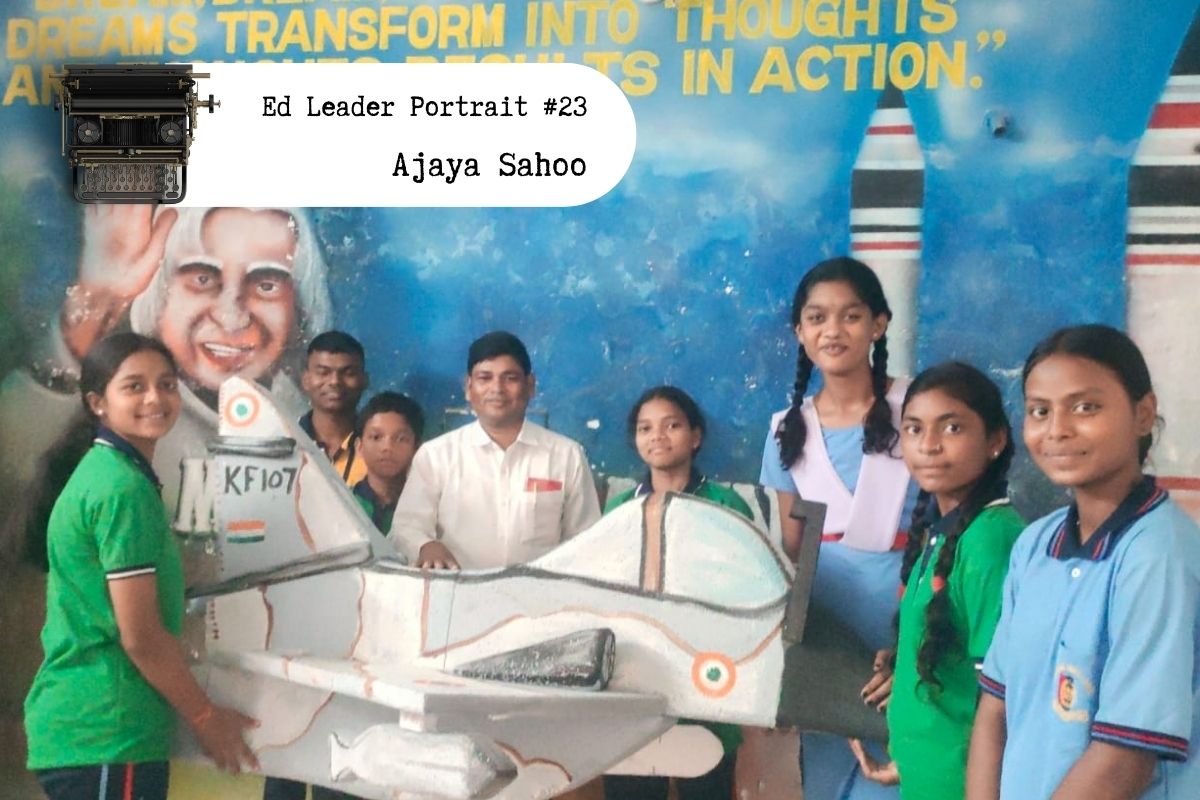Who She Is
Moturi Mangarani’s story is a powerful reminder that innovation often begins with empathy. Now serving as a Mathematics teacher at a primary public school in Andhra Pradesh, Mangarani has spent over 15 years transforming the way young children learn–making classrooms into spaces of curiosity, creativity, and joy. “Every child learns differently,” she says, “so I must teach everyone differently.”

She was born in a family with a humble background where education was not easily accessible. But her parents deeply valued their daughter’s determination to study. It was her Telugu teacher, Uma Maheswar Rao, who first planted the seed of self-belief with his words– “Even students from government schools can achieve great heights,” guiding her through every stage of her journey.
Her path to teaching and shaping young lives was not easy. Limited resources and space constraints with cramped classrooms made it difficult to introduce play or activity-based learning. But her desire to ensure that no child would ever feel left behind gave her the strength to persist. Over time, she evolved from a hesitant young teacher into a creative force in primary education–an educator who believes that learning must be simple, visual, and joyful.
Today, her school, with eight teachers and over 200 students, has become a hub of energy and experimentation. Classes spill out onto verandas and the Nutri Garden (take a look at the garden), where students learn about health and nutrition. Laughter fills the air, and lessons often turn into stories, games, and songs in her classroom library–encouraging health, reading, and community involvement.
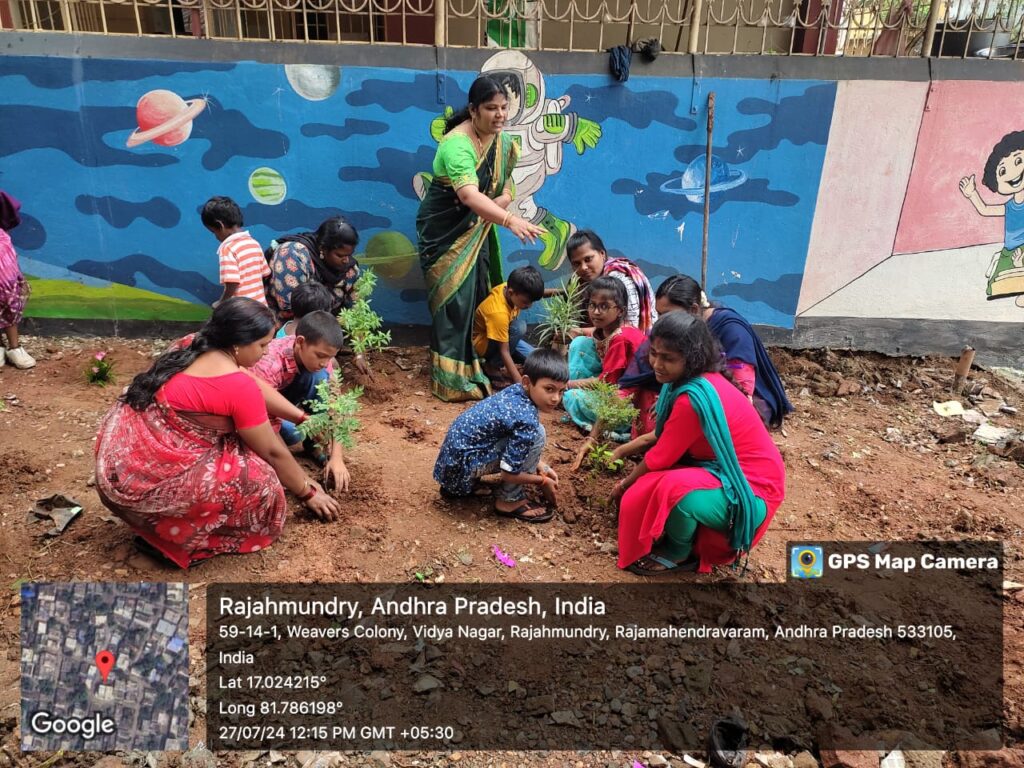
The Problem She Saw
When Mangarani began her teaching journey, she noticed that many of her students struggled to stay engaged. Traditional methods did not create any interest, especially among younger children. The lack of playgrounds, reading spaces, or any relevant digital tools further widened the learning gap. She also observed that teachers often felt underconfident about adapting lessons for different learners.
The Micro-Improvement Journey
Mangarani soon realised that improving learning outcomes for her students meant that they needed learning that was meaningful, engaging, and within their reach. She began creating animated and interactive learning materials in 2012. What started as a small classroom experiment gradually transformed the way not just her students learnt, but students in other schools as well.
- Digital Storytelling: She turned complex Mathematics lessons into simple, animated explanations and gradually extended these efforts to other subjects.
- Blending Creativity and Play: Using puppetry, AI, digital games, and puzzles, she brought lessons to life, especially in Telugu language education.
- Building Peers’ Capacity: To date, she has guided over 10,000 teachers through physical workshops, DIKSHA modules, and one-to-one personalised sessions around enhancing Foundational Literacy and Numeracy skills through activity-based learning and using digital tools and AI to make teaching aids.
- Peer and Teacher Networks: She co-founded a teacher support group that trained 40 teachers in digital tools and later launched Froots–a magazine where educators share stories and best practices.
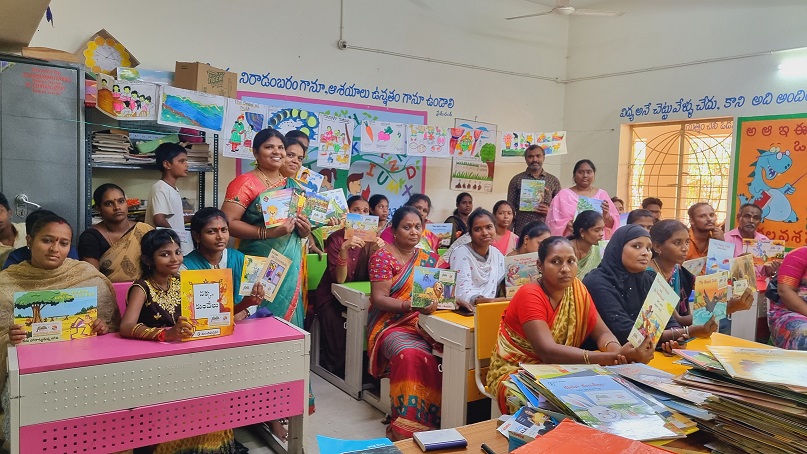
Role of Civil Society & Support Systems
Mangarani’s journey was sustained by her peers, community members, and several NRIs who supported her vision. Their contributions helped her secure books, play equipment, and digital devices for students. She also collaborated with SCERT, the UNICEF team, and other state agencies to design textbooks, adult literacy materials, and teacher training modules–extending her impact far beyond her school.
Why She Went Beyond
Her greatest motivation is her students. “Their curiosity is my fuel,” she says. Watching them transform from shy learners into confident speakers, from hesitant problem-solvers into creative thinkers, keeps her energised. She draws constant inspiration from the advice of her mentor, Surya Narayana Sir, who once told her: “Treat every child as your own and give your best, even when no one is watching.”
Impact Her Work Is Creating
The results of her work are visible in the school’s growing vibrancy and the huge teaching community she has been able to empower with innovative pedagogy. Today, teachers from across India and nearly 100 countries use her content—proof that one teacher’s creativity can ripple across borders. Her community has expanded to over 2.29 lakh subscribers with 80 million views. Through her YouTube lessons, workshops, and PLC engagements, she has trained over 10,000 teachers, helping them embrace digital and creative pedagogy. The community now views her school as a model of innovation and pride.
Attendance and performance have improved dramatically, and students are more confident and participative. One of her students even won a gold medal in sports and is preparing for the Olympics.
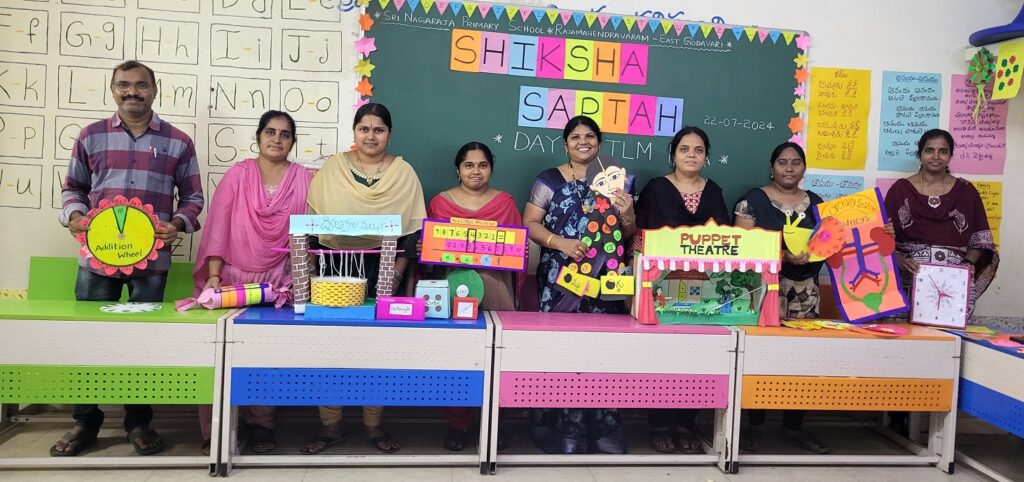
Her Words
“Every child has potential—it is our responsibility to find that spark and help it grow. Learning should never feel like a burden; it should feel like discovery. If my work helps a child smile while learning, or inspires a teacher to innovate, then I know I’m walking the right path.”
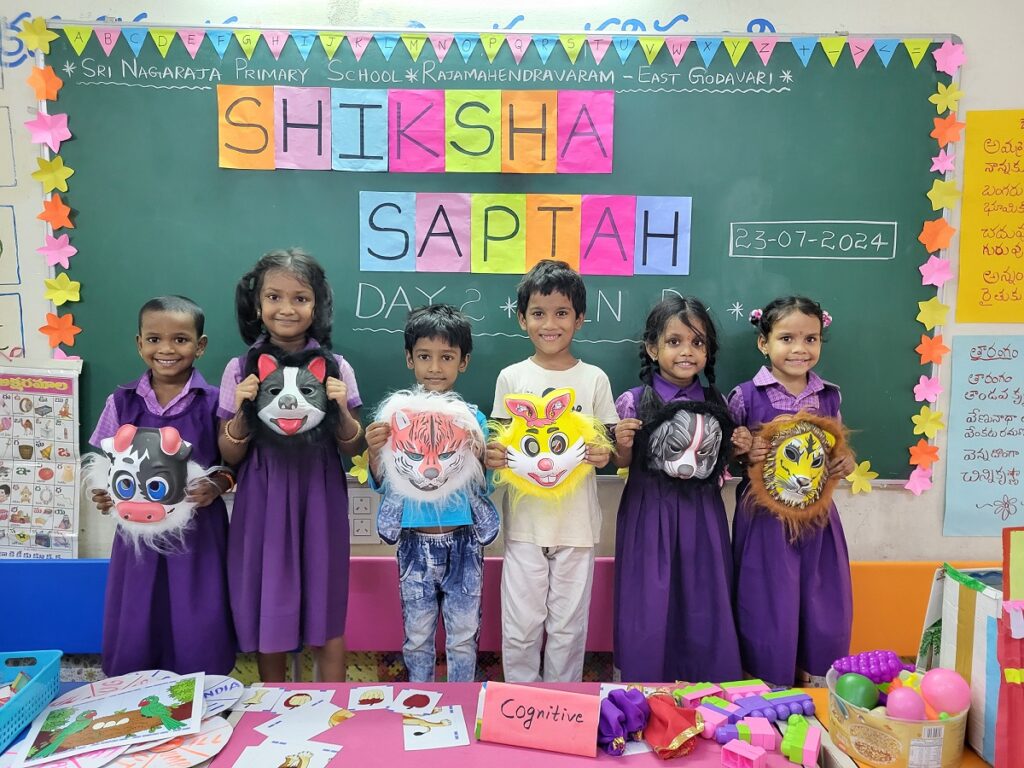
This story is part of ‘Small Steps to Build Great Schools’ Vol II- a Coffee-table Book celebrating the leaders who go beyond their roles to make education inclusive, joyful, and rooted in belonging, for children in India.
Read more such stories of transformation here: https://heyzine.com/flip-book/9ab883d082.html


